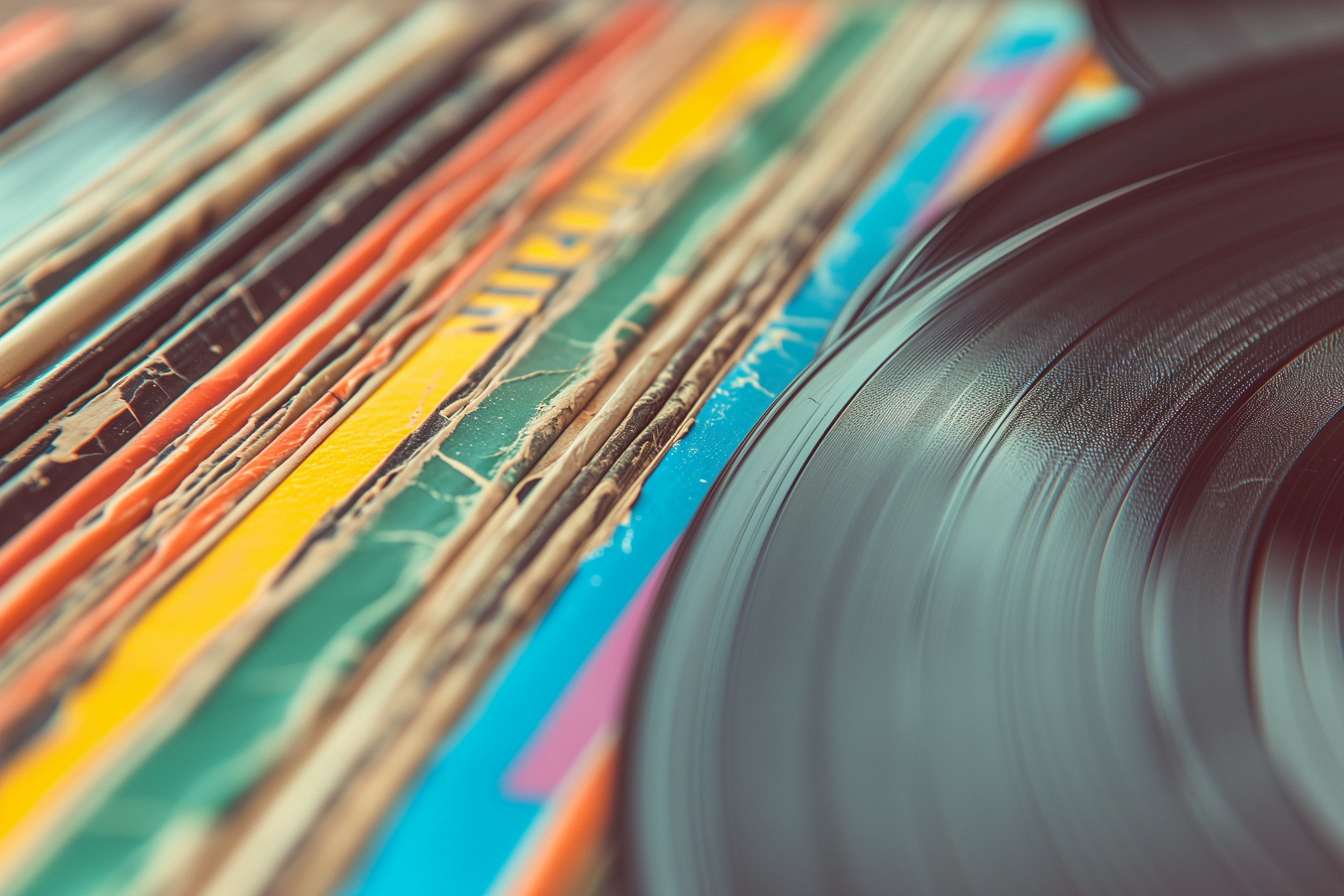Whether it’s to sell an album or just to put a price on a record in your collection, valuing your vinyl is a whole lot trickier than you may first think. Groovy Times talks to a man who knows
Buying vinyl is a relatively unexacting process. Enter shop, flick through stock, take record to counter, hand over cash. It’s a tried and tested process, as old as the hills. Selling vinyl, now that’s a different story. For starters, you need to put a credible price on the record you’re looking to flog. Value it too high and it’ll never sell, price it too low and you’ll be losing out on cash needed to spend on more records.
Having done it for both himself and an Oxfam charity shop for many years, Rowland Cleverly is a man who knows a thing or two about pricing vinyl. After all, he once raised over £1,300 for the charity after finding a copy of the wonderful Shades Of Blue by the Don Rendell and Ian Carr Quintet lurking in a box of donated albums. So, in time honoured fashion, Groovy Times tapped him up for his knowledge.
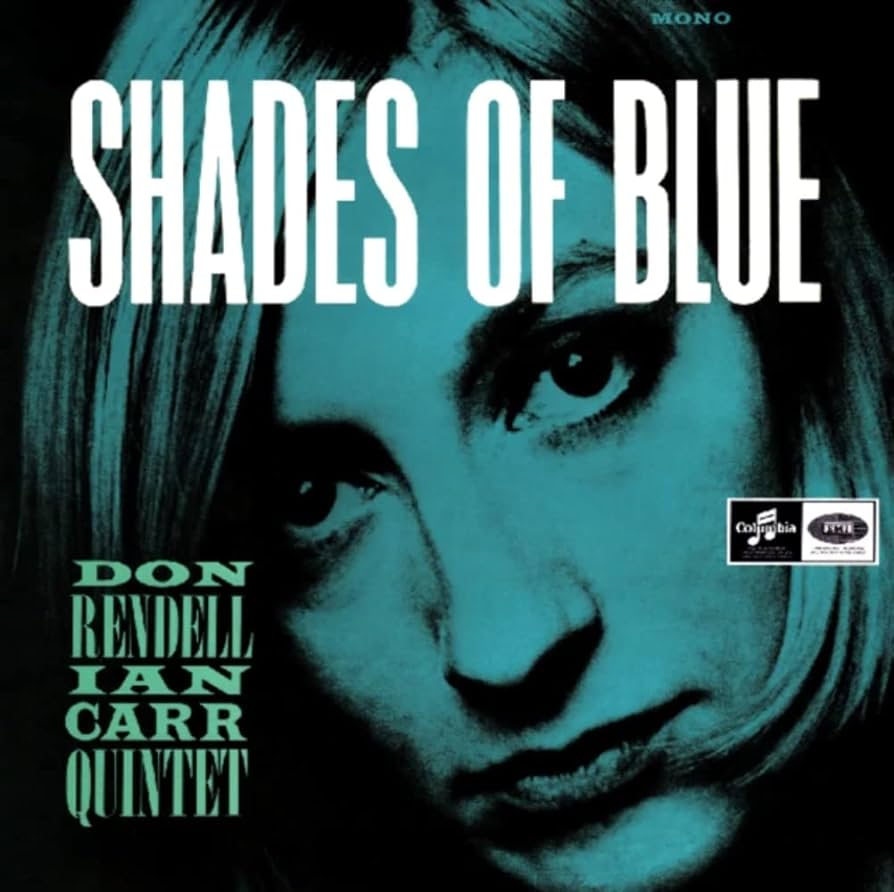
We’re guessing that correctly identifying the record you want to value is the first step of the process
You’re right. Identifying a record involves looking at the variable details that can be found on a record besides the actual artist and title: catalogue number, the sleeve, label, extras, matrix numbers, right down to the vinyl colour or even something as innocuous as the placement of the year on the label.
As I tend to list mostly on Discogs, identifying the record is a simple process of deduction until I arrive at the exact same record that I have, using the various filters on offer to make it easier and quicker. Then it’s a case of comparing the identifiers and notes for the Discogs release details with the record that I have in hand.
It’s not as straightforward as that, for example, sometimes I may have a variation in the matrix number suffix that’s not exactly as listed in the release identifiers. But, with some common sense, I’m usually satisfied with a release that is as close as possible given that all the major identifiers (label details, catalogue number, the basic matrix number prefix, etc) match up. However, sometimes it is worth following up on a record I have that doesn’t match anything in the Discogs database, in which case I will do a search on the ValueYourMusic website just to check that I haven’t got a rare and valuable pressing. You can’t be too careful.
Why do first pressings add so much value to a record?
This is what I wrote in an Oxfam vinyl guide a few years ago: “The reason for the desirability of an earlier pressed record could be that both the Mother and Stamper will be ‘fresher’ and less degraded, meaning it will reproduce a sound that is more faithful to the Mother and the Masters. In which case a low Stamper on any early mother could be equally desirable although, in the marketplace, this is often not the case.”
So, for the purist, it is probably connected to the factory pressing process where a ‘Mother’ is made from the studio master, and ‘Stampers’ are made for the actual pressing process. Stampers and Mothers wear out as more and more records are pressed. Please Please Me by The Beatles sold more than 1 million records in 1963, for example, and a Stamper would only last about 300 to 600 sides. Naturally, the more times a master tape is played, or the Mother is used, then the audio reproduction will move further away very slightly from the original studio recording.
I could also refer to first pressings of stereo classical recordings, which are of the highest value, such as those on Decca, EMI or Columbia, with SXL, ASD or SAX catalogue numbers respectively. The first pressings of these were on thick vinyl with deep grooves and probably pressed under the strictest conditions at factories such as EMI’s Hayes factory. The sound quality on these pressings is regarded as being of the highest quality and, therefore, highly sought after by audiophiles.
As regards the actual sound, I can testify to the superior sound quality of a first pressing of The Dark Side Of The Moon that I have in my possession over and above the quality of subsequent pressings of the record I also own. There are other reasons though. One is probably nostalgia, who wouldn’t want the original first pressing?
There’s also the question of rarity and what exactly constitutes a first pressing. There is an argument that a first pressing can only be those pressed using the original Stampers. If this is the case then desirability can also come down to rarity. I once sold Pink Floyd’s Piper At The Gates of Dawn with a 1G/1G Mother/Stamper for Oxfam. This means it was probably one of the first 300 records pressed of Floyd’s first studio album. Again, anybody into Floyd vinyl would surely find this highly desirable. As I recall, even though the grade was Fair, it still fetched a three-figure sum. Regardless of how you define a ‘first pressing’ they can still be rare, particularly if they are in great condition.
So, I’d say the price of first pressings is down to rarity, originality and sound quality.
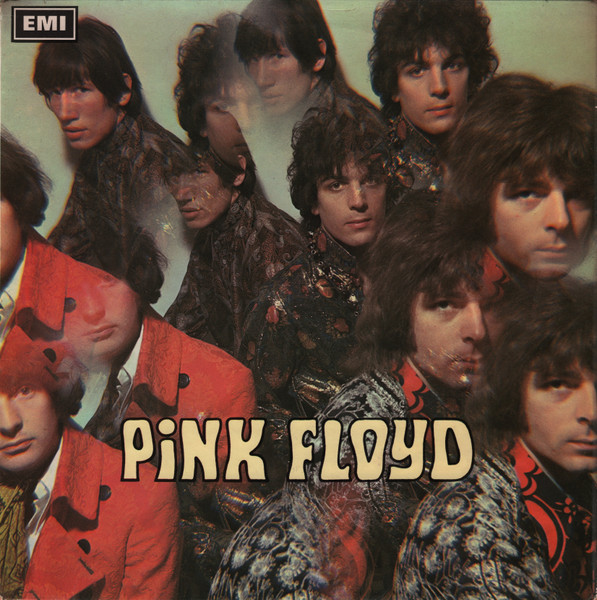
What materials do you use for reference?
For non-classical, I use Discogs in the main as that’s where most of my records end up for sale. The level of detail provided by the Discogs community in the creation of the release details is incomparable. To research more valuable records, I’ll also look at what has sold on ValueYourMusic.com but with a little bit of caution as some things are not as people claim, not least first pressings, etc. In desperation, I have gone to musicstack.com. For Beatles records I use yokono.co.uk – it has an astounding level of detail.
For classical records, I tend to look at what the highest-rated sellers have sold on eBay or ValueYourMusic.com. I did build my own classical vinyl price guide a few years ago, sourcing prices and details from eBay. I didn’t use it that much as a price guide but it was an extremely effective learning and reference tool. I learned an awful lot from it, such as the high value of some Philips Digital LPs and box sets. There is also a book called The Classical Record Price Guide 2004 that I have. It was never that accurate for pricing purposes but extremely useful for identifying classical records. You can still get copies of it on eBay, but you have to pay about £25 for it.
Do you use historical sales data? How current does it need to be?
I use historical sales data every time I price a record. It’s essential. The price that anyone asks is one thing, but a record is only worth as much as anyone is prepared to pay for it. You have to check any price that you’re asking is realistic and historical sales data helps enormously in this regard. If you are simply looking at what others are asking for, you will occasionally get your pricing wrong as there are too many fanciful prices out there. At the end of the day, I want to sell a record and you need to make sure it is at a price at which it will sell.
It is vital for the data to be as current as possible. Prices can fluctuate greatly, even over a relatively short period of time. The best example of this is when a very popular artist dies. I can remember Bowie prices going through the roof when he died, but then coming down a bit within a year. Then there are reissues that can suddenly impact on prices of the original releases almost overnight, particularly where the reissue is a high quality and lavish reissue of what was a rare and high-priced original pressing.
I use the historical prices on Discogs but, sometimes, these can be a bit thin on the ground and spread out over a number of years. In these instances, to get the most recent data I will resort to eBay ‘sold’ and ValueYourMusic.com, particularly the latter for more valuable records. The downside of Discogs is that you cannot see the rating of the seller, whereas on ValueYourMusic.com, if you pay a subscription, you can see who the seller is and their rating. Seller rating is quite important as it is the higher-rated sellers that can and do command higher prices, particularly with classical vinyl.
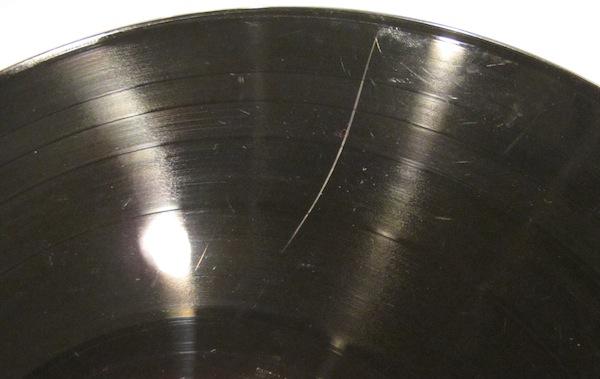
How do you approach grading your record?
All my visual grading is under a halogen lamp after the record has been given a good clean. Most records look Near Mint under ordinary room lights, particularly fluorescent lighting. Put a record under a halogen lamp and you will see something vastly different. You will see how the record has been treated down the years and that is the clue as to how it will play.
I think few people these days realise there are two grading systems commonly used by sellers in the UK: Discogs (the Goldmine system), and Record Collector Magazine/Rare Record Price Guide (RC). I use RC for eBay listings and, naturally, Goldmine for Discogs listings as that’s what Discogs dictates. However, I will mention an RC grade in the description so there’s no ambiguity. The big problem with Goldmine is that there is no Excellent grade. It is a big jump from VG+ to NM. I treat VG+ as RC Excellent but most people, I think, treat it as RC VG. As for NM, for me the record has to be absolutely unmarked. Pristine. Goldmine used to say that it should look like you have just got it home, new, from the record store and opened it up for the first time.
Generally, for me it has been an exercise in precisely understanding the descriptions of the grades in both systems as well as what is not included in the descriptions. It’s very clear what each grade means if you take the time and thought to understand them, but I think that is where people fall down and where people can overgrade.
How much can the condition affect the price? From say NM/NM to a VG/VG?
Condition entirely dictates the price for 99.9% of records. The Record Collector Magazine ‘Ready Reckoner’ is a good indicator of how value changes with condition. However, I find that genuine NM/NM and Mint records can fetch much more than the Ready Reckoner suggests, because of their rarity.
It’s all to do with the rarity ‘pyramid’. There are lots of Beatles records in Good or worse condition at the wide base of the pyramid, which means they are not very rare (contrary to popular belief) and so do not command high prices. As you climb up the pyramid, condition improves with fewer copies of that record in VG condition and so they start to command a higher price. At the tip of the pyramid is NM and Mint. Very few exist, which is why people are prepared to pay a high price. You could probably name your price for a NM Sgt. Pepper’s… first pressing, while VG copies are not hard to come by for less than £100.
Is play-grading important in terms of value?
The more you are asking for a record the more it becomes important. It was my policy at Oxfam to always play-grade records with a value of £20 or more. If you are asking those sort of prices then I think the customer needs to know how it is going to play. Too many times I have visually graded a record as VG or EX only to hear lots of surface noise when it is played. These days, on Discogs, I will do it for those costing £5 or more because it makes selling the record easier, gives the customer confidence, and also helps to ensure that crucial good review. However, I think stating what you have play-graded the record on is almost as important. I always state this. It helps give the customer confidence if you can say it has been played on a Rega RP6 as opposed to one of those ‘suitcase’ style players.
One final thing. Grading, particularly play-grading, can cover your ‘back’ should there be a dispute. You know how it plays and you have made it clear how it plays, so a buyer cannot say differently.
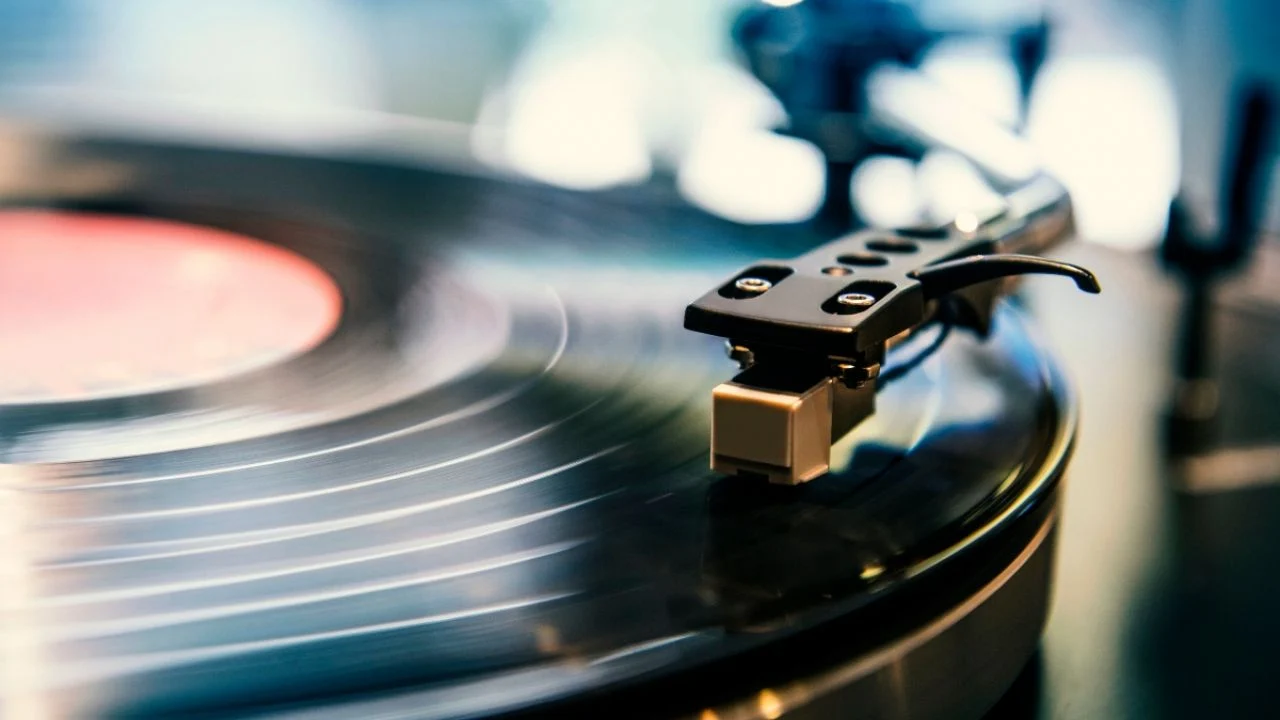
Do you clean your records before selling?
Always. However, I have different levels of ‘cleaning’. If the selling price is £5 or less I will ‘clean’ it with a microfibre cloth and a L’art Du Son cleaning solution, but this is done more to see its condition for grading than anything else. For more expensive records I use a HumminGuru ultrasonic cleaning machine. For very expensive records I will put it through the HumminGuru several times. I will always clean the record before play-grading it. I also use a Pro-Ject VCS MkII wash/vacuum machine if it is a particularly dirty record and then use the HumminGuru.
If I can say in the selling description that the record has been visually graded under a halogen lamp, has been ultrasonically cleaned and play-graded on a quality deck then you are adding value and, in turn, you are then able to ask a slightly higher price than those selling the same record in, apparently, the same condition.
Would you take a different approach to pricing a record if you were cataloguing for yourself or actively trying to sell?
No. I take the same approach whether cataloguing and keeping the record or trying to sell it.
Can prices of individual artists or genres fluctuate? And, if so, how quickly?
The death of an artist can make prices fluctuate. But popularity fluctuates and, along with it, prices. Kate Bush and the Stranger Things phenomenon is a good example. For a while in 2022, her Hounds Of Love album was fetching relatively high prices, an album I can remember pricing a decade ago for £12 or less.
As for genres, prices can fluctuate over time. I think the classical market is a depreciating one, although I’m sure the rarest examples hold their price. But I guess even genres can go through their popularity phases, such as a seemingly more recent popularity for 80s and 90s electronic and jazz. However, it is probably a case of vinyl just following the general market and popularity trends of any other format, but with prices magnified because of the relative rarity of vinyl.

